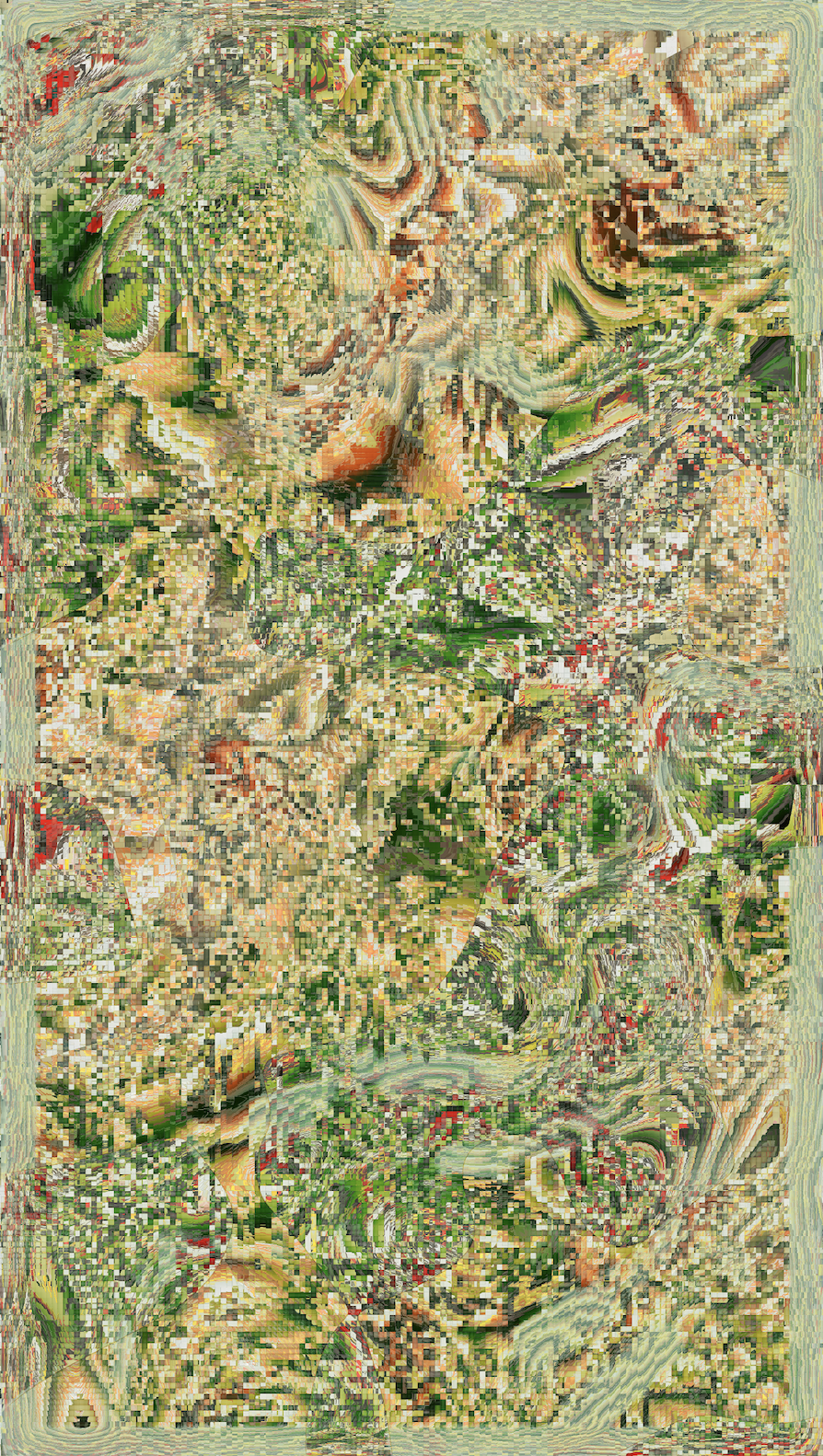FLORIAN ZUMBRUNN: ODYSSEY
Part of a series of articles & interviews released digitally that were first published in the print edition of the Bright Moments Quarterly that was distributed at Bright Moments Paris in Paris, France in February, 2024.
Bright Moments: Hi Florian! It's great to have you here today for the Bright Moments Paris quarterly interview. Could you tell us more about your background and how you got started in generative art?
Florian Zumbrunn: Absolutely. My journey into coding was somewhat accidental, you could say. Originally, I was drawn to illustrations and oil painting. I began my artistic journey by studying traditional Fine Art under the mentorship of an artist named Achot Achot, who introduced me to the rich history of art, encompassing drawing, painting, etc. So that was my initial path.
I wanted to formally join an art school, but my academic background was in the sciences. I studied a lot of math and physics during my baccalaureate in France.Transitioning from a scientific path to an art school can be quite challenging here. There are ways, but they often involve numerous contests and exams. Unfortunately, I didn't succeed in my first year, which led me to enroll in a multimedia school.
During that year, I stumbled upon a Flash Festival at the computer center, and at the time, Flash was still a big thing. At the festival, I was particularly inspired by Erik Natzke, who discussed his evolution from motion design to coding, using code to enhance his workflow and create more efficiently.
This was a turning point for me. I went home and began experimenting with coding, starting with drawing a square. I went from creating one square to two squares and three squares. Gradually, I progressed to animating them, which led me to delve deeply into coding. Subsequently, I joined the Gobelins school, where my focus on coding grew stronger, and I began working in advertising.
However, I soon realized that my initial desire was to use coding to create art installations and projects, not just to build websites. This led to the formation of Makio&Floz, a studio I co-founded, situated between Paris and Tokyo. Living in Tokyo then, we worked on physical installations involving projection mapping and webcams. We even took our projectors to the streets, projecting onto temples and other buildings across Japan.This lasted two years, and then we decided to close the studio.
After closing the studio, I embarked on a solo journey to delve deeper into generative art, to discover what I truly wanted to create. That's when NFTs emerged. Though I was a bit late to jump on the bandwagon, I soon realized platforms like ArtBlocks and fxhash were perfect platforms and ecosystems for generative art, allowing algorithms to truly express and reveal themselves. I fully immersed myself in this new world, and I'm very happy with what I’m creating now.
2023 was a great year for you. You had a drop with ArtBlocks, another drop with Verse, and not to mention two solo shows. What can we expect from you for 2024? What are you currently working on?
Yes, 2023 was quite eventful! Looking ahead, I am excited about an upcoming exhibition in Dubai. The venue is a remarkable space where I’ll be showcasing alongside talented artists like Licia He, Julian Espagnon, and Marcel Schwittlick. I love that it's going to be both a physical and digital show. As you mentioned, I did some physical shows in 2023, so kicking 2024 with something that merges the digital and physical is perfect for me. After that, my sights are set on trying to create another ArtBlocks project, hopefully a Curated one - fingers crossed.
In February, of course, there is the show with Bright Moments in Paris. After that, I am aiming to have another physical show, or multiple if possible. This might include the continuation of my seasons series, which I’m eager to push forward. Additionally, I’m exploring some animated and musical pieces. So that’s the outline of my vision for 2024 so far.
I’d like to dive into some of your recent work, particularly your series related to the seasons. Spring was showcased with Verse, Summer marked your solo show, and Autumn was featured in an event in Paris. When can we expect a ‘Winter’?
For my Autumn work, there was an interesting opportunity at a newly opened building in a suburb of Paris, which was hosting an AI-centered event. They invited me to showcase my generative art as well as participate in a roundtable discussion around the theme of AI. I had a 10 day solo show with them in which I exhibited the Autumn pieces. Those artworks are actually still hanging on the walls and I need to return and collect them soon.
As for ‘Winter’, I would love to continue with that series. The idea is to either complete the seasonal cycle with a Winter series, or perhaps revisit Spring in a new light. It’s a decision I’m still contemplating, so I’ll take some time to consider the best direction to take.
When you release your seasonal series, do you align them with the actual seasons, or is the timing more flexible?
So far, the releases have somewhat coincided with the respective seasons. However, with the Autumn piece, I had a unique opportunity to create it earlier but chose to wait. I wanted to fully immerse myself in the experience of autumn, either in Paris or elsewhere, and let those experiences inform my creative process. Unfortunately, it didn't quite work out as planned.
Looking at my schedule for the early part of 2024, it's pretty packed, so I'll have the chance to truly experience winter. I'm planning to visit different places, gather diverse perspectives of winter, and then reflect on what I want to create. I also appreciate the opportunity to pause the algorithm, explore other paths, and then return to it with fresh eyes and ideas. These breaks in my work are invaluable as they allow me to approach my art from new angles and with enriched experiences.
I’d say we can probably expect the Winter piece around mid- to late 2024, although I haven't set a definitive date yet.
Recently, we've seen an emergence of generative art series on various platforms like Bitcoin's Ordinals and Solana, for instance, EKO33 at Art Basel. Are you interested in exploring cross chain generative art? Have you had any experience in this realm, and what are your thoughts on it?
I have done it previously, primarily with Ethereum and also a bit with Tezos. I have also had some recent experience with Ordinals. My view on this is that collaboration with the right partner or the right platform always produces a good experience.
I don't want to pursue such projects for the sake of it. It’s more about the right collaboration presenting itself. I always enjoy seeing the development of the ecosystem. Currently, we are still in the early stages and there’s a lot happening. The challenging part of working across different chains is the constant change in wallets and tools, which requires a learning curve, and that can be exhausting sometimes. However, I think the diversification and evolution of the creative space is exciting.
It will be interesting to see everything become more streamlined in the future. Having varied platforms and methods for creation offers many opportunities.
Could you share more about your upcoming work for Bright Moments Paris?
As of now, I don't have a specific title for the series, but I do have key words and themes: playfulness, surprise, and detail. These elements are central to my vision for this project. I’m drawn to art that engages the viewer, revealing surprises and intricate details upon closer examination. These elements of depth, detail and surprise are what I aim to encapsulate in this series with Bright Moments.
Usually when I start on a series, the direction isn’t fully clear. But with this project, I have set goals, which is a refreshing change. It guides me in honing the algorithm’s development. When I generate a new artwork and it reveals playful elements or captivating details, it inspires me to further develop those aspects. Even though the end goal is not precisely defined, these guiding keywords really help to shape the direction of the series.
Can you talk about any current inspirations influencing your work, whether from life, other artists, or anything else?
Lately, I've been profoundly inspired by nature. The series I have mainly been working on in 2023 was deeply rooted in natural elements, featuring organic shapes that I love. These natural inspirations are what I aim to incorporate into the new collection I'm currently working on.
The organicity, the diverse color palette found in nature, and the ways colors interact with our surroundings – these are the elements that captivate me the most. For the Bright Moments project, I wanted to approach it from a Paris angle, which interestingly led me down a path of nostalgia. The work I'm creating now evokes memories of old treasure maps from childhood books – like pirate maps with waves in one corner and mountains in another.
This series for Bright Moments carries this sense of a childhood map, blending in some Japanese aesthetic influences, especially in its organic aspects. There's a rich tapestry of inspiration in this work. As I mentioned earlier, I'm embracing the playfulness in my process. If a small, unexpected 'mistake' occurs in the algorithm, I'm inclined to keep it, adding to the artwork's unique character.
My hope for this project is for viewers to be transported back to their childhoods, to be surprised and delighted by what they see in the artwork. The pieces might have abstract references, but ideally, they'll resonate on a deeper, personal level with the audience. That's the experience I'm having while creating this series, and I'd love for others to feel the same.




